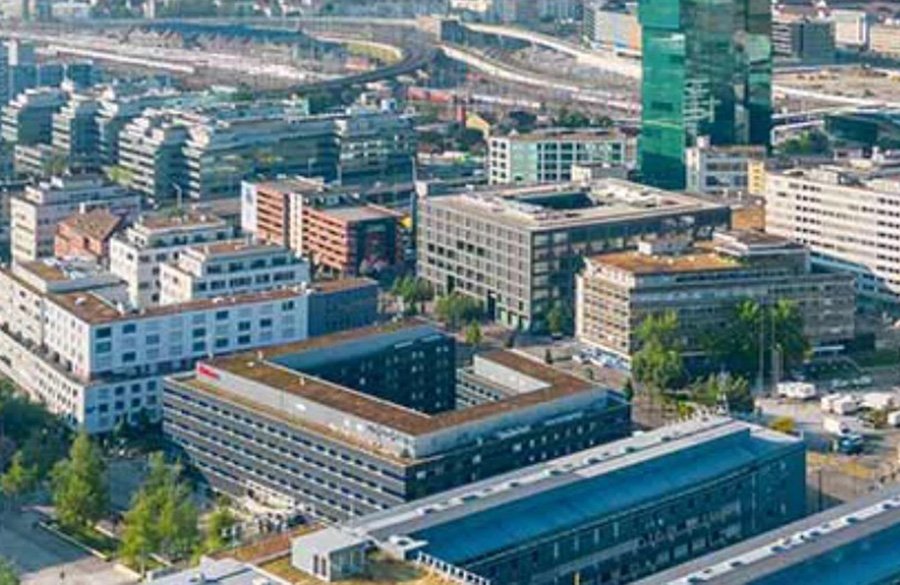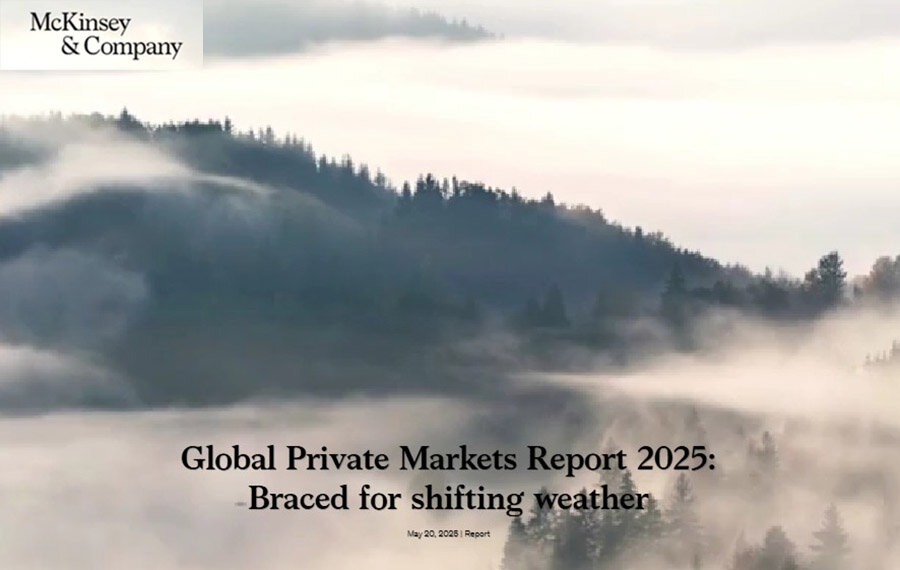читайте также
 Zurich Commercial Real Estate: Offices, Hotels, and Retail in JLL Report
Zurich Commercial Real Estate: Offices, Hotels, and Retail in JLL Report
 Marilyn Monroe’s Brentwood Home Faces Demolition as Owners Challenge Landmark Status
Marilyn Monroe’s Brentwood Home Faces Demolition as Owners Challenge Landmark Status
 Foreigners in Dubai Banned from Selling Property via Power of Attorney
Foreigners in Dubai Banned from Selling Property via Power of Attorney
 New Zealand Allows Golden Visa Investors to Buy Luxury Homes
New Zealand Allows Golden Visa Investors to Buy Luxury Homes
 Hungary Launches Subsidized Housing Loans: Sharp Price Surge Expected
Hungary Launches Subsidized Housing Loans: Sharp Price Surge Expected
 Luxury Housing in Spain: Market Leaders
Luxury Housing in Spain: Market Leaders
Private Markets in 2024: Fundraising Declines, Investments Surge

In 2024, the global private investment market experienced a downturn in fundraising but demonstrated growth in capital deployment, according to the McKinsey Global Private Markets Report. Despite a challenging macroeconomic environment, investors remained interested in private markets and were ready to increase allocations.
Early Signs of Recovery
After two years of subdued activity, the private capital market began to show signs of recovery. Fundraising volumes in traditional funds fell by another 24%, yet for the first time since 2015, investors received more back than they had invested. There was a notable increase in direct deals involving companies valued over $500 million, accompanied by more asset sales—mainly between fund managers.
The easing of financing conditions was a key driver: the cost of leveraged buyouts decreased, and the volume of new loans to private equity portfolio companies nearly doubled. This resulted in rising entry multiples, signaling improved confidence among fund managers.
Still, the aftershocks of the 2022–2023 crisis were evident. U.S. interest rates rose by more than 500 basis points during that time, severely chilling a market used to cheap credit. Inflation and geopolitical risks added pressure, especially for assets acquired during 2021–2022 at high valuations. Now, conditions are stabilizing, and 30% of institutional LPs plan to increase allocations in 2025.
The total AUM in traditional private equity funds declined by 1.4%, but market diversification is increasing. Co-investments, new partnership structures, and semi-open vehicles for retail capital are growing. Activity in public-to-private (P2P) deals and carve-outs rose significantly, especially in Europe, where deal volume jumped 65%. The top 100 GPs have also tripled their pace of acquiring competitors compared to the previous five years.
Real Estate: Signs of Stabilization Amid Stagnation
Global real estate deal volume rose 11% to $707 billion, the first increase since 2021. Lower interest rates improved borrowing conditions, while tight supply in multifamily and industrial segments supported investor interest.
However, fundraising fell 28% to $104 billion—the lowest since 2012. The biggest drop was in debt instruments (down 44% YoY), though broader structured and optional strategies absorbed much of the capital flow.
Closed-end funds' returns remained negative (IRR down 1.1%), while open-end funds declined for the second year (-1.6%). Meanwhile, niche real estate sectors showed strong returns:
Senior housing: +5.6%
Mobile homes: +11.7%
Data centers: +11.2%
Private Debt: Resilient Amid Slowdown
Private debt showed resilience with a 22% decline in capital raised ($166 billion). The drop was led by mezzanine debt, but demand remains due to private debt’s senior position in the capital stack. While direct lending’s share fell, spreads tightened by 120 bps, suggesting growing competition.
An estimated $620 billion in bonds and loans is maturing in 2026–2027, creating refinancing opportunities. Success will depend on strong underwriting, diversified strategies, and navigating geopolitical risks effectively.
Infrastructure: Under Pressure Yet Expanding
Infrastructure fundraising dropped 15% to a decade-low, but deal activity rose 18%. Unused capital (dry powder) fell 10%, and 46% of LPs plan to increase infrastructure allocations in the next 12 months.
Driven by expanding trade ($33 trillion) and clean energy needs ($6.5 trillion annually to 2050), demand is rising. Utilities, roads, and data centers are priorities—especially as AI adoption boosts power demand. Managers increasingly invest in cross-sector projects such as digital energy infrastructure.
Conclusion: Adaptability Is the New Resilience
McKinsey concludes that private markets are proving their adaptability. As strategies shift from financial engineering to operational value creation and capital sources diversify, 2025 could mark a strategic rebound. The key to success lies in quality governance, innovation, and navigating uncertainty with agility.





